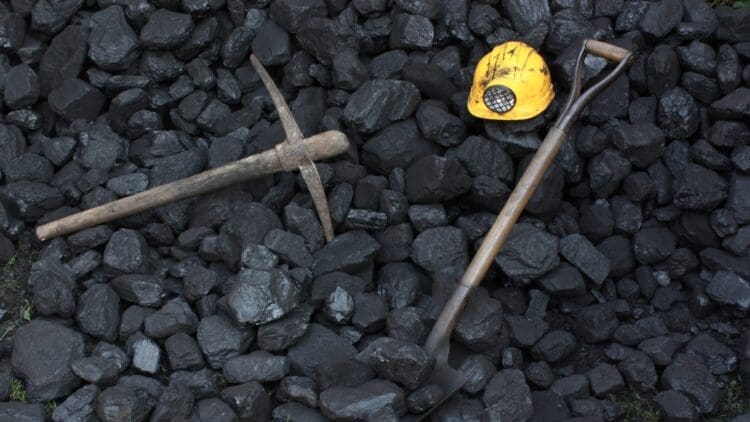The European energy powerhouse, Poland, has won approval from the EU to keep the nation’s coal plants in a capacity scheme. As the EU is shifting the energy sector to align with the Paris agreement, which calls for an equitable move towards renewable energy, Poland is the last EU member state that produce coal. The European Commission announced it had approved the derogation allowing coal-fired power plants to remain in the capacity market. The decision covers the period from 1 July 2025 to 31 December 2028 and applies to all generating units emitting more than 550 g CO₂/kWh, i.e., hard coal and lignite power plants in Poland.
The European Union has given a lifeline to the Polish coal sector with its derogation decision
The decision by the EU enables the Polish government to provide financial support to those units that no longer meet current CO2 emission limits, eligible for capacity market support. The EU Regulation 2019/943 states that units emitting more than 550 g CO2/kWh were allowed to participate in the capacity mechanisms until 30 June 2025.
In order to extend the eligibility of coal-fired power plants beyond the 30 June cutoff date, Poland was required to obtain a derogation from the European Commission. The derogation granted by the EU allows for the organization of supplementary auctions.
What are the details of the supplementary auctions
The auction that the Polish government authority will hold will be split into four, namely:
- Main (primary and additional) auctions – available exclusively to units complying with the 550 g CO₂/kWh emission limit
- Supplementary auctions – held only if the main auctions fail to secure sufficient capacity to meet the reliability standard. Open to units exceeding the 550 g CO₂/kWh emission limit. Contracts are short-term, i.e., maximum one year (half-year for 2025), and can last until the end of 2028 only.
The European Commission’s approval of the derogation is conditional
In order to allow the auctions to take place, the European Commission has issued several key requirements to the Polish government. The three key requirements are related to updating the national resource adequacy assessment (NRAA) plan:
- The nation of Poland is to carry out detailed modelling to realistically estimate future electricity exports based on justified economic assumptions.
- Replacing the annual assessment, Poland will need to implement a 10-year projection plan to analyse potential plant closures, temporary shutdowns, and new constructions, considering expected costs and revenues.
- The nation will need to demonstrate that the assumptions regarding maintenance and refurbishment schedules reflect the actual plans of domestic generation units and represent national specificities affecting capacity needs.
Several other European nations have sold crucial coal plants in order to meet the EU divestment rules, so one would expect the trend to continue as Poland races to meet the requirements set out by the EU. The nations of the world are working exceedingly hard to meet the guidelines laid out during the Paris climate accord.
The world is edging ever closer to a future without the need to rely on coal; however, Poland is the only nation in the EU that still produces the fossil fuel, and as such, needs to do more to shift the energy sector towards the renewable energy generation that the rest of the world has embraced.
The Energy Information Agency reports several nations coal usage to rise in the future
While the majority of the world is doing everything it can to transition away from fossil fuels, the Energy Information Agency, a global watchdog in the energy sector, has reported that in several nations, coal usage will continue to rise in the not-too-distant future. The evidence suggests that the transition to renewable energy across the industry has hit several speed humps, and progress has slowed as a result. Poland is the last nation that almost entirely relies on coal production, which is not likely to change soon.





